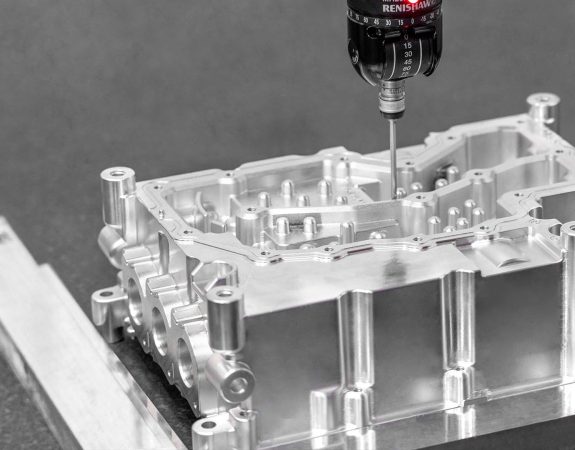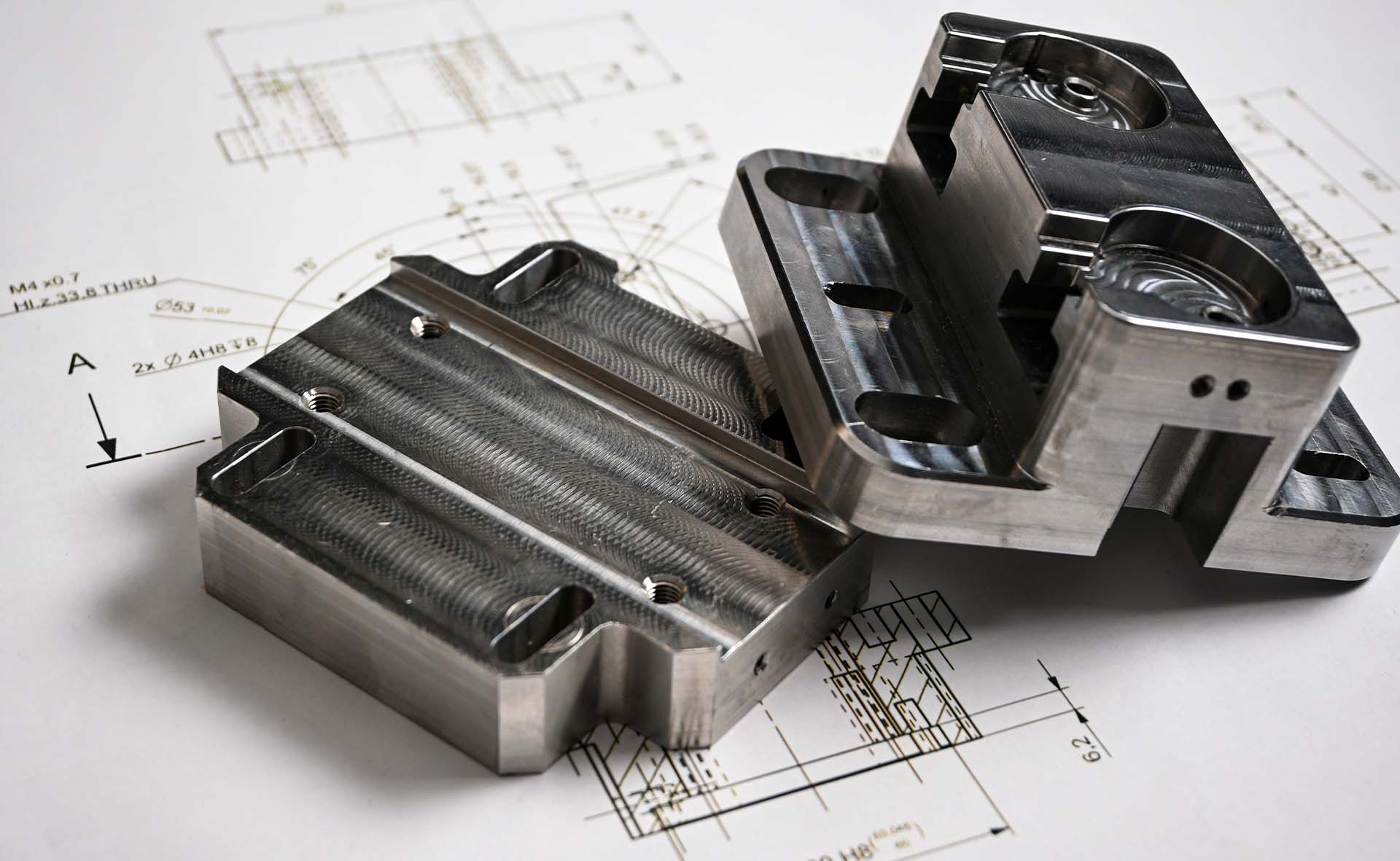There are many different types of CNC machines on the market. Common CNC routers typically have 3 to 5 axes, but there are also advanced machines with up to 12 axes. Whether you are looking to take production in-house or source custom CNC parts for your next project, it’s worth understanding which machines are capable of performing specific tasks. In this article, we will compare the capabilities of 3-axis to 12-axis machines.
3-axis CNC machining remains one of the most popular and widely used machining processes but also the most simple. With a 3-axis milling machine, the workpiece is stationary while the cutting tool moves across the X-axis (horizontal axis), Y-axis (vertical axis), and Z-axis (depth) — think of these movements as left-right, front-back, and up-down.
Applications:
3-axis machines are ideal for simple tasks that don’t require intricate detailing or depth. It is one of the go-to techniques by default, and is ideal for making mechanical parts, boring, milling, tapping and drilling holes, and cutting sharp edges.
Limitations:

4-axis CNC machines work similarly to 3-axis machines, where the workpiece is typically stationary, and the cutting tool moves along the X, Y, and Z axes to remove material and create the desired part. The key difference with 4-axis machines is the addition of a rotary movement along the X-axis, forming a fourth plane known as the A-axis. This allows the cutting tool to approach the workpiece from different angles, enabling more complex shapes and features to be machined with greater precision.
Applications:
4-axis milling is useful for cutting holes, cutting along an arc, or carving cut-outs, especially on the sides or around a cylinder. It’s also useful for high-quality, precision engravings, milling, and drilling.
Limitations:
5-axis CNC machines are the most popular CNC machines today. These machines are designed with the conventional X, Y, and Z axes, and also feature an A-axis, which allows the pivoting action at the joint of the table, and a C-axis, which defines the fifth movement through rotation. This enables them to cover tough and compound angles and intricate geometries that would be strenuous or nearly impossible with 3-axis CNC machines. This breaks down to the following motions:
Applications:
For complex geometries, 5-axis CNC machining is often the go-to technique. It enables the milling of materials at nearly any angle — although there are some restrictions — making 5-axis machines popular for aerospace componentsf with intricate curved surfaces to complex medical implants, and other demanding applications.
Limitations:


Source custom parts for your next project
7-axis CNC machines are designed with the conventional X, Y, and Z axes, along with axes that define the tool movement, rotation of the part, rotation of the tool head and an axis for movement or removal of the workpiece. This breaks down to the following motions:
Applications:
This high degree of movement imparts greater accuracy to the finished product without the need for post-fabrication processes. Due to the ability of a 7-axis CNC machine to mill while turning the part within the frame, you can produce extraordinarily complex shapes and features. A 7-axis CNC machine is especially useful in the aerospace and military industries.
Limitations:
The 9-axis CNC machines combine the capabilities of a 4-axis lathe and a 5-axis milling machine, which gives it all the rotations and translational movements, coupled with the rotations around two additional axes known as the U and W axes. 9-axis CNC machines eliminate the need for manual loading and use of secondary fixtures, allowing parts to be turned, milled and finished across multiple axes in a single setup. This breaks down to the following motions:
Applications:
With 9-axis machines, it is easier to produce interior and external parts’ features. Complex parts can be machined with incredible speed and accuracy giving medical component manufacturers greater confidence. It is ideal for complex parts like wind turbines and compressor blades used in the renewable energy industry.
Limitations:
12-axis CNC machines are advanced pieces of equipment that stands at the pinnacle of performance and capability in CNC technology. 12-axis machines typically contain two heads, each capable of moving along six different axes: X, Y, Z, A, B, and C. The simultaneous operations of multiple axes doubles productivity and accuracy and drastically reduce the time it takes to produce intricate parts by half!
Applications:
12-axis CNC machines are not for simple projects, they are designed for the most demanding applications that have an array of complexities in their design and requires high levels of precision and productivity.
Limitations:

50+ metal and plastics, 15+ surface finishes
At HLH Rapid, we have 5-axis machine sufficient for most simple and complex designs. We specialize in CNC services suitable for rapid prototyping and low-volume production of end-use components. To get a quote for your CNC project, simply upload your CAD to our contact form here and tell us about your project requirements. Our engineers will get back with a quote within 24 to 48 hours or less.
